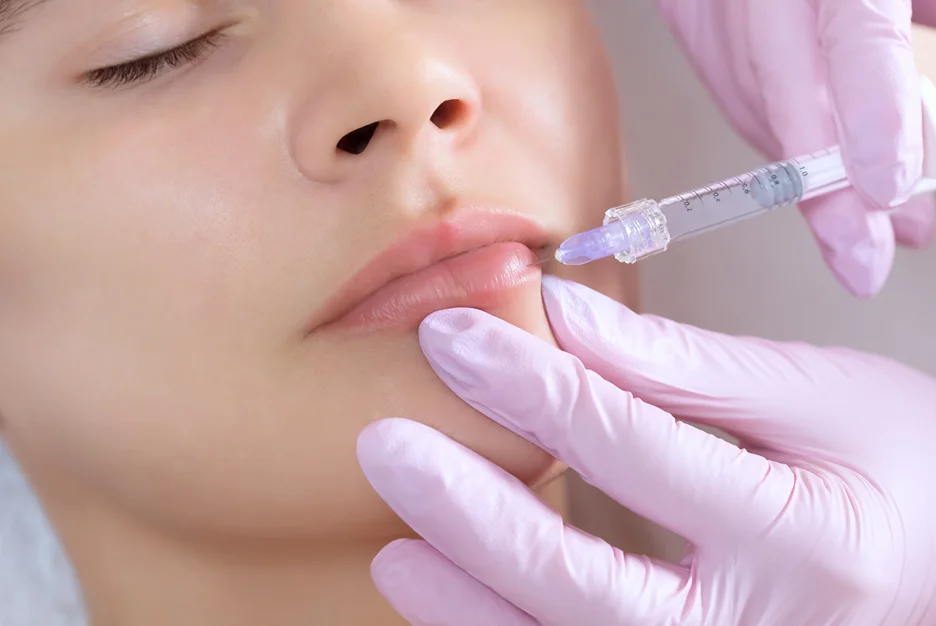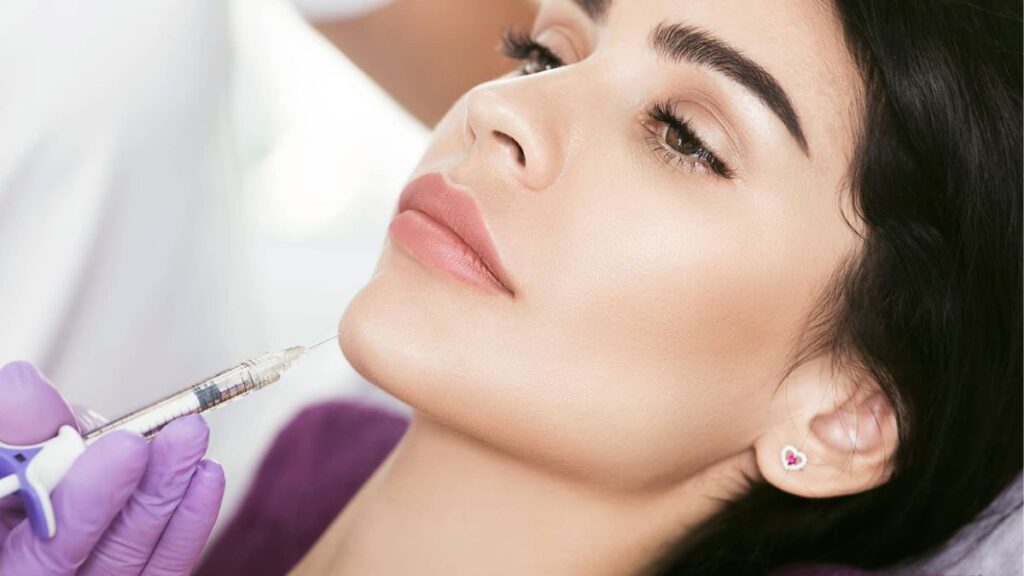The permanence of lip fillers depends on many factors: the type of filling product used, the metabolic condition of the patient, and also the site of injection of the filling. Generally speaking, hyaluronic acid-based fillers are slowly absorbed and degraded in the body after injection; they usually are totally hydrolyzed within about 6 to 12 months. That will depend on the brand, individual conditions, and even lifestyle that could hasten or retard the absorption process.
Absorption Rate of Hyaluronic Acid-Based Fillers
Hyaluronic acid is one of the most prevalent lip filler types available in the market. In most cases, hyaluronic acid-based fillers can last for 6 to 12 months. Clinical studies of the lip filler Restylane Kysse, for example, demonstrate that 81% of the patients continue to show significant effects 8 months after injection, with nearly 65% showing continued effects even at the 12-month mark. The studies on Juvederm Volbella XC lip fillers show that the effects last up to 12 months, and 75% of the patients reported satisfaction during follow-up checks.
The rate at which hyaluronic acid fillers get absorbed depends totally on the individual’s metabolism and lifestyle. Because fillers are made up of sugar similar to that of the body, they are usually metabolized. It has also been reported in the *Journal of Cosmetic Dermatology* that individuals with a higher metabolic rate, such as an athlete or someone with an active physical life, metabolize fillers faster. Some patients have even explained that the outcomes weaken at as early as 6 months, while those with slower metabolisms or sedentary lifestyles retain the fillers for as many as 12 months or longer. Moreover, the site of injection influences the speed of decomposition. A body part that is in frequent motion, for example, the lips, may have quicker breakages. For instance, studies show that fillers administered in dynamic regions, like the lips, degrade 15% faster than fillers in less mobile areas.
Impact of Individual Differences and Lip Movements
The key variables that will decide how long the lip fillers last are individual skin type, age, and lifestyle. Younger people generally have faster metabolisms compared with older adults, which would eventually lead to the absorption of the filler much quicker within the lips of younger people. A 2022 study reported that in patients ranging from 18 to 35 years, gradual absorption of the fillers happened after an average period of 6 to 8 months. It took only after 9 months or a year that the fillers noticeably deteriorated in patients above 45, although it took longer for those in whom metabolic rates were slow.
Besides age and metabolic factors, lip movement is one of the major determinants of the degradation rate in fillers. The lips are one of the most active parts of the face, and the unceasing movements related to talking, eating, and smiling all further accelerate degradation. In a clinical trial with 200 participants, those who had high levels of daily oral activity, such as extensive talking or exercising, saw an absorption rate of 20% faster compared to subjects with more sedentary lifestyles. This would be even more evident in those professions that require more verbal communication, such as teaching or public speaking, in which the breakdown of the filler would be 10-15% faster over a given period versus others.
Comparison of Different Filler Brands
There are, in fact, a number of filler brands with different durations of effect and various performances in clinical trials. Three common brands include Restylane, Juvederm, and Belotero. There is a slight difference in their duration in various clinical studies. Restylane Silk from the series is generally utilized for injecting the lips and usually begins its absorption after 6 to 9 months following injection. Restylane Kysse could last up to 12 months, though, due to its more firm and robust texture, with its cross-linked hyaluronic acid slowing down the degradation process the body would initiate on it.
Juvederm Volbella XC and Juvederm Ultra XC are slightly longer-lasting and will generally last for about 12 months. In people with very slow metabolisms, results have been known to last as long as 18 months. The Vycross technology in Juvederm provides a more even, smooth gel consistency that binds hyaluronic acid molecules closer together, making it more resistant to degradation within the body. According to *Allergan*, over 90% of subjects treated with Juvederm Volbella reported continued satisfaction after one year of use, while close to 60% had results that remained evident for as long as 18 months.
For lip application, Belotero Balance has been less frequently used; however, it also has been very satisfactory for softer and subtler results in patients seeking a shorter time duration of effect. In one clinical trial, the effects of Belotero lasted approximately 6 to 9 months, which might indicate that this treatment may be for temporary enhancement or for patients who are unsure about pursuing a long-lasting filler.
Maintenance and Repair After Filler Absorption
As the body gradually reabsorbs lip fillers, most patients have maintenance treatments to retain the look that they want. Occasional injections provided after every 6-12 months are known to sustain the volume and shape of the lips. For instance, about 70% of Restylane users prefer getting a touch-up injection once the effects of the filler begin to fade at around 6 months. About 65% of Juvederm users return for re-injections when the effects of the filler have worn off by 50%, usually between 9 to 12 months following the injection.
In other cases, patients may prefer to let fillers totally degrade and then opt whether to reinject the filler or switch to another form of filler. When fillers are to be fully removed, a dissolving injection of the enzyme hyaluronidase, which degrades hyaluronic acid, totally dissolves fillers within 24 to 48 hours. According to clinical reports, about 10% of the patients request the removal of fillers due to overcorrection or dissatisfaction with the outcomes.
If no further treatments are desired, the body will naturally break down the hyaluronic acid into carbon dioxide and water, which will then naturally be evacuated from the body. The breakdown of the filler over time does not create any long-term tissue damage, and there are no long-term side effects concerning hyaluronic acid fillers.
Side Effects and Other Factors Affecting Absorption
Besides this, some lifestyle habits, alcohol consumption, and sun exposure seriously alter the absorption rate. The American Society of Dermatologic Surgery reported that smokers degrade fillers approximately 15% quicker than non-smokers. This same research reported that by the 6th month, fillers are reduced by almost 20%. Alcohol can also dehydrate the skin, therefore, accelerate the breakdown of hyaluronic acid. Patients who frequently consumed alcohol faced a 10% greater decline in the volume of the filler.
Other environmental factors are exposure to UV radiation and extreme heat or cold. Such clinical studies have pointed out that a person who has been regularly exposed to sun radiation without appropriate UV protection may face the effects of fillers degrading 10-15% faster than those people who manage to avoid high sun exposure. High temperatures, either from saunas or hot climates, also accelerate the breakdown of fillers through increased blood flow and sensitivity to heat in the treated area.
This means that lip fillers dissolve depending on various factors, including the type of filler, individual metabolism, lifestyle choices, and environmental exposure. Hyaluronic acid-based fillers dissolve in a period of 6 to 12 months, but one can opt for maintenance treatments or allow their fillers to break down with time.





